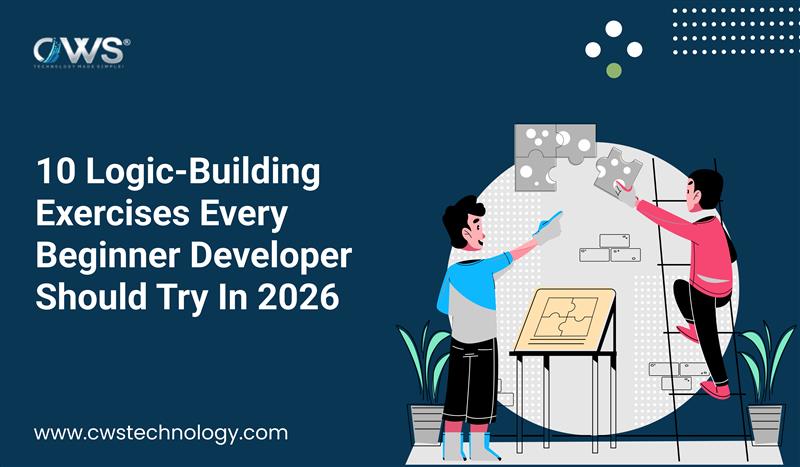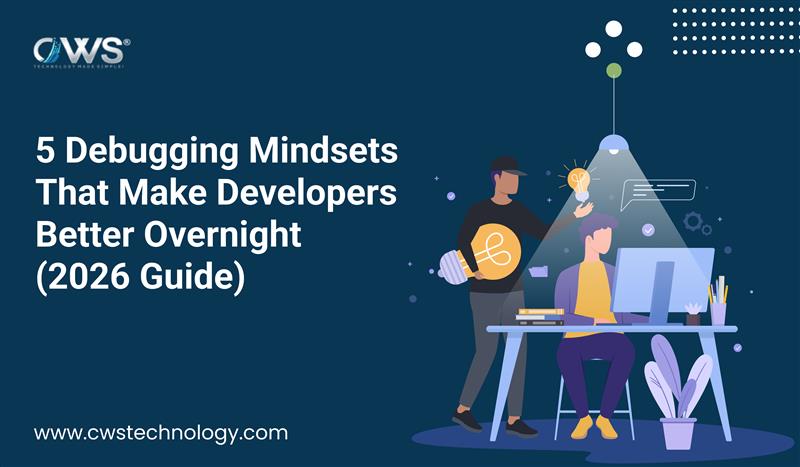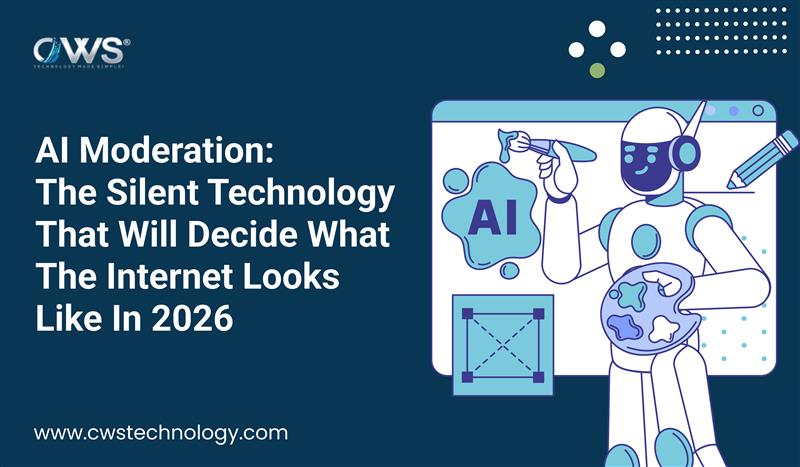The Quiet Shift in How We Think, Learn, and Work
A decade ago, learning meant searching, reading, practicing, and often failing before succeeding. Today, we type a question into an AI tool and get a polished answer in seconds.
But here’s the uncomfortable truth no one wants to admit:
We’re getting better at asking questions—yet worse at understanding the answers.
The Rise of “Prompt Intelligence”
We now live in the era of prompt intelligence, where knowing how to ask the right question has, in many situations, become more valuable than actually knowing the answer.
From code snippets to marketing copy, legal guidance to design feedback—generative AI systems like ChatGPT, Gemini, Claude, and others are assisting (and in some cases replacing) traditional learning and problem-solving methods.
But are we truly learning? Or are we just getting better at delegating thought?
The Cognitive Shortcut We’re All Taking
It’s called cognitive offloading—a psychological phenomenon where we rely on tools or devices to store or retrieve knowledge, rather than committing it to memory.
Historically, we did it with calculators and maps. Now we’re doing it with large language models. The concern isn’t the convenience—it’s the growing disconnection between information access and knowledge retention.
We’re outsourcing our thinking.
Real Learning: Still a Human Skill
True learning isn’t just about consuming facts. It’s about internalizing knowledge, making connections, experimenting with application, and reflecting on mistakes. AI can accelerate learning, but it can’t replace the friction that makes learning meaningful.
AI doesn’t get curious. Humans do.
A developer who relies on AI to write code may get results faster, but without understanding the underlying logic, they’re building fragile skills.
A content writer who depends on prompts might generate paragraphs, but miss the emotional nuance that connects with readers.
A student who feeds homework questions into an AI might pass the test—but fail in real-world application.
A Framework for Thoughtful AI Use
At CWS Technology, we believe AI is a tool—not a teacher, and definitely not a substitute for human curiosity.
Here’s how we approach AI internally and advise our clients to do the same:
- Prompt, Pause, Process
Don’t stop at the AI’s answer. Pause. Ask yourself: Why does this make sense? What’s missing? Can I rephrase this in my own words? - Use AI to Augment, Not Replace
Let AI do the heavy lifting—summarising, suggesting, ideating—but make sure the final touch is always human. That’s where the true value lies. - Cultivate Deep Work Time
Block out distractions and give yourself time to think without prompting. Your brain deserves a chance to solve problems solo. - Prioritise Foundational Skills
Whether it’s writing clean code, designing with empathy, or communicating with clarity—build your core competencies. AI can’t fake the fundamentals.
Why This Matters More Than Ever
The future of work isn’t just about AI literacy—it’s about thinking literacy.
In a competitive global market, what will differentiate individuals and companies isn’t just speed—but depth, understanding, and adaptability.
At CWS Technology, we’re already investing in that mindset:
- We train our teams to use AI responsibly.
- We encourage curiosity, not just productivity.
- We value ideas that come from within, not just outputs generated by a prompt.
AI is here to stay. But how we choose to engage with it—passively or actively—will define the kind of thinkers, creators, and professionals we become.
So the next time you open an AI tool, ask yourself:
Are you learning… or just prompting?
Because the future belongs to those who don’t just automate answers—but understand them.








